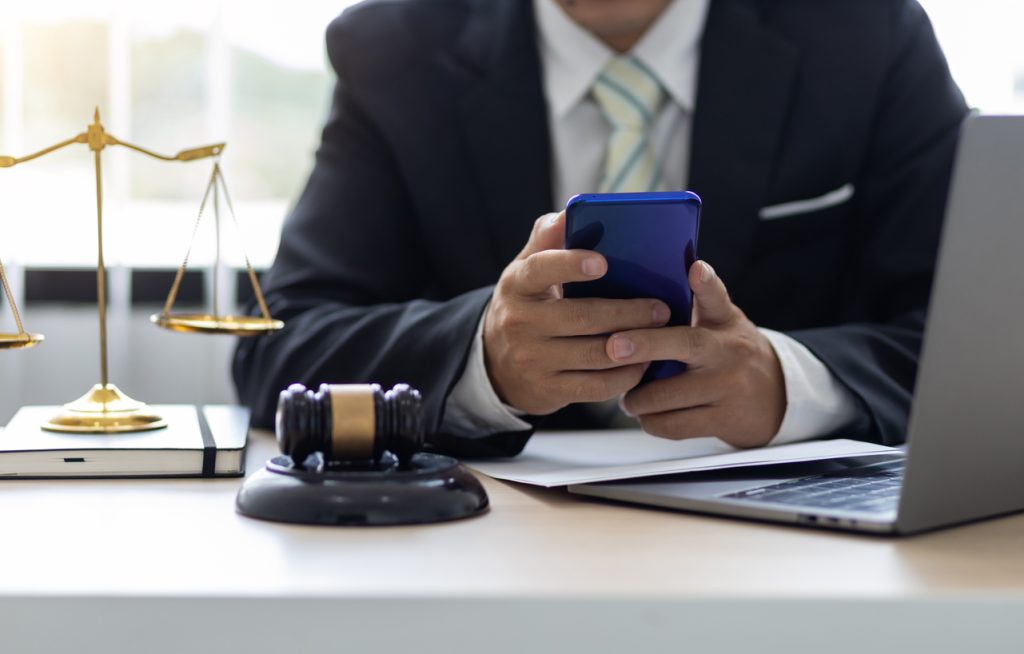The Double-Edged Sword: Social Media’s Impact on Personal Injury Cases
In the digitally interconnected world we inhabit, social media has become an intrinsic part of our daily lives. From mundane breakfast choices to profound personal reflections, the details of our lives are often readily available for public consumption. This pervasive online presence, however, can have significant implications, particularly when navigating the complex landscape of personal injury litigation. While social media offers a potential treasure trove of information for both plaintiffs and defendants, its inherent nature as a platform for often-exaggerated portrayals of reality raises critical questions about its role in legal proceedings. Is it a valuable tool for uncovering truth or a treacherous trap for the unsuspecting litigant?
For plaintiffs, the pitfalls of social media are particularly pronounced. The seemingly innocuous act of sharing a photo or video can inadvertently provide opposing counsel with ammunition to undermine a claim. Consider a scenario where an individual involved in a car accident claims a debilitating back injury. A seemingly harmless video of the same individual dancing at a wedding could be strategically employed by defense attorneys to cast doubt on the severity of the alleged injury. Even less conspicuous posts, such as a photo from a weekend hike, can be manipulated to question the legitimacy of the claim. This inherent vulnerability underscores the critical need for plaintiffs to exercise extreme caution regarding their online activity while a case is pending.
Defense attorneys are acutely aware of the evidentiary potential of social media and actively scour these platforms for any information that could bolster their case. Their primary objective is to identify inconsistencies between a plaintiff’s claimed injuries and their online behavior. Any evidence suggesting that the injury is less severe than asserted, not directly caused by the incident in question, or that the plaintiff is exaggerating or fabricating the injury is carefully scrutinized and potentially exploited. This practice is becoming increasingly prevalent, with a growing number of lawsuits hinging on information gleaned from social media platforms and smartphones.
The perception that private social media accounts offer a shield of protection is often misplaced. The reality is that even information shared within private circles can be accessed through legal channels. Courts possess the authority to issue subpoenas compelling the disclosure of deleted posts, private messages, and other hidden online activity. This underscores the importance of adhering to the advice of legal counsel, who often recommend significantly limiting social media engagement during active litigation to mitigate potential risks.
Conversely, social media can also serve as a powerful tool for strengthening a personal injury case. In some instances, defendants unwittingly admit fault through online postings. While seemingly improbable, the casual and often impulsive nature of social media communication can lead individuals to post incriminating comments without fully considering the potential legal ramifications. A seemingly offhand remark like, "Oops, didn’t see the stop sign," following an accident, can become valuable evidence for the plaintiff.
Beyond admissions of guilt, social media can provide access to crucial eyewitness accounts and documentation of events. Bystanders frequently capture critical footage of incidents, especially in densely populated areas. This citizen journalism can provide invaluable evidence to corroborate a plaintiff’s account of events. A poignant example is the case where a woman live-streamed an accident on Instagram, capturing the moments leading up to and following a fatal crash. This footage, subsequently discovered and shared on Facebook, served as critical evidence in the case.
Furthermore, social media can expose patterns of negligence by individuals or companies. Online platforms can become repositories of complaints and accounts of negative experiences, revealing a history of reckless or damaging behavior. This can be particularly relevant in cases involving negligent doctors, surgeons, companies, landlords, manufacturers, or employers. Social media facilitates connections between victims who might otherwise remain isolated, enabling them to share their experiences and collectively pursue legal action. Online support groups and forums often serve as catalysts for class-action lawsuits as victims realize the commonality of their experiences. For instance, individuals injured by a faulty product or subjected to similar negligent medical treatment can connect online, sharing their stories and potentially building a stronger collective case. Similarly, cyclists and motorcyclists often share helmet camera footage documenting dangerous driving behavior, which can be used to support claims and highlight recurring patterns of negligence.
In conclusion, social media has become an undeniable force in modern life, permeating even the realm of personal injury litigation. Platforms like TikTok, Twitter, Facebook, and Instagram serve as both hunting grounds for evidence and potential minefields for unsuspecting litigants. The information shared on these platforms can be instrumental in either bolstering or undermining a claim, making it a powerful yet precarious tool. For those involved in personal injury cases, the prudent approach is to exercise extreme caution with online activity. While a complete social media blackout may not be necessary, limiting activity, avoiding discussions about the case, and adhering to the guidance of legal counsel is paramount. Navigating the complexities of personal injurt cases in the age of social media requires a delicate balance between leveraging its potential benefits and mitigating its inherent risks.


